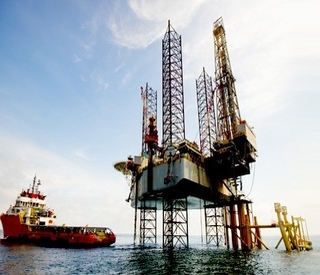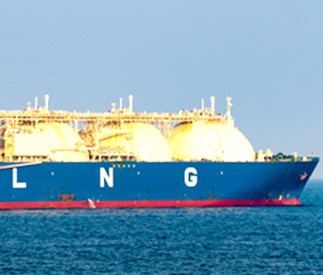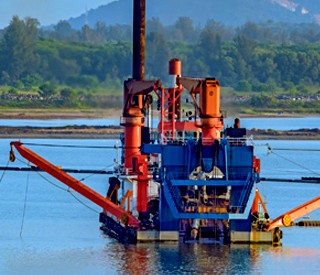Ratification of long due Ballast Water Convention has shaken up the shipping industry. Many owners are chalking out their strategy to comply with the new requirements. However, if we look up at the whole BWTS retrofit in it’s entirety, it’s actually installation of an interconnected set of equipment. These kind of retrofits may be rare in main fleet vessels, but such installations are a common occurrence in allied industries such as work boat and offshore installations. Work boats routinely undergo conversions such as FiFi System installations, DP Systems installations, 4 point mooring , which are of similar complex nature. So, a lot of learning from allied industries can be applied to BWTS retrofits as well.
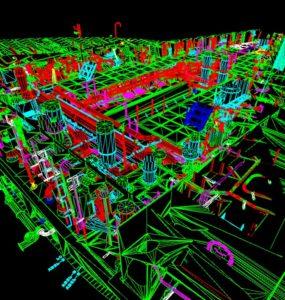
3- D Scan of ER for Feasibility Study
At Vedam, we have executed multiple projects for BWTS retrofit which involved equipment selection for a cape size bulk carrier, 3-D scanning of engine room for feasibility study, complete engineering for installation of a UV based equipment on a MPC, supervision and project management for installation of a USCG approved BWTS system on a container ship etc. At Vedam, we have developed a very detailed database of all available equipment in the market which enables us to make equipment selections very quickly and effectively. Apart from feasibility, equipment selection and complete engineering related to retrofits, we also have capability for installation, supervision and project management of Ballast water treatment systems.
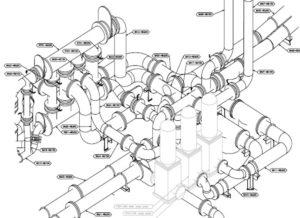
PIPE ARRANGEMENT DETAILS
It’s important to identify the pitfalls in way of the retrofit process from equipment selection till commissioning and understand the prominent technologies in the market thoroughly. It’s important to first do a feasibility and equipment selection study for an individual vessels using various approaches such as survey, 3-D Scanning etc. It’s very important to identify the right set of equipment based on a detailed technical analysis and not just pick up the cheapest equipment in the market. In fact, many of our internal studies show that a particular treatment technology which may seem cheap at the time of procurement will turn out to be more expensive than other technologies during the whole operational cycle of the vessel and vice versa. Once, equipment selection is complete, we should do a complete class level and workshop drawing before proceeding to actual installation.

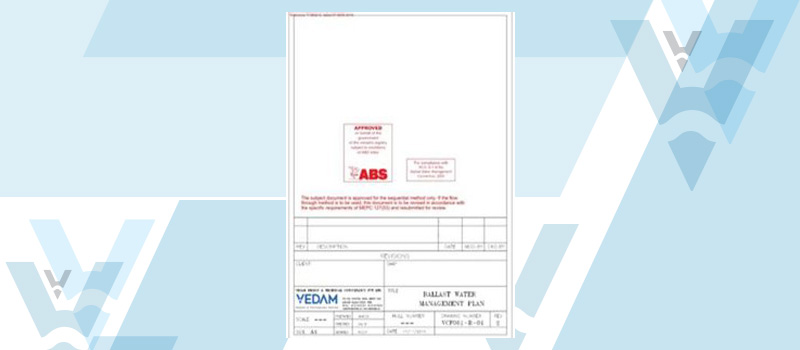
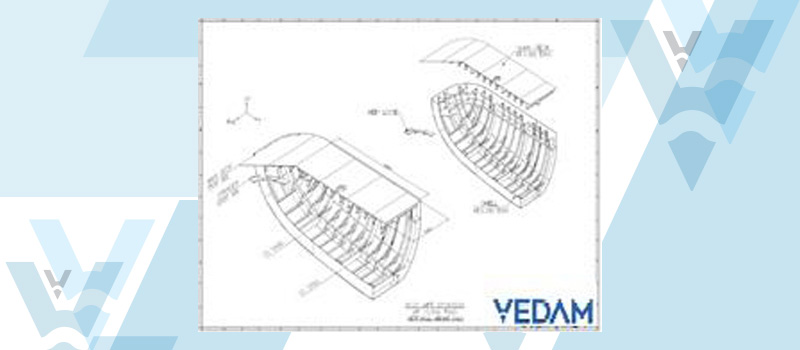
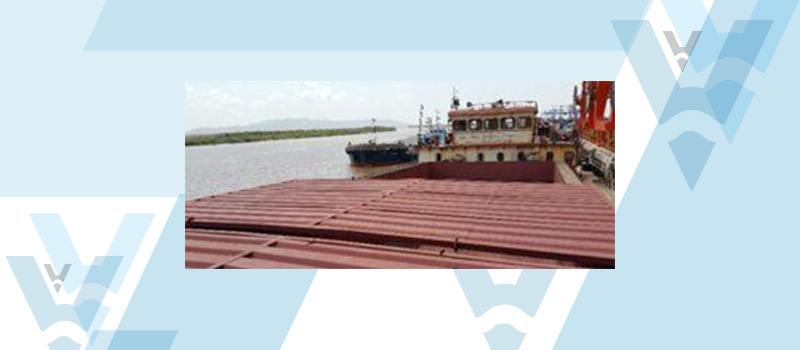
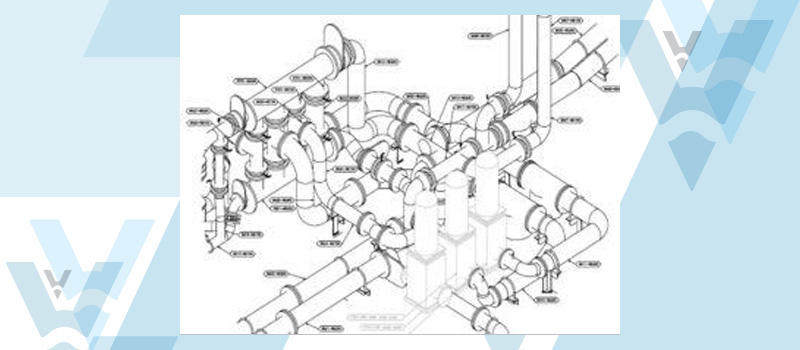
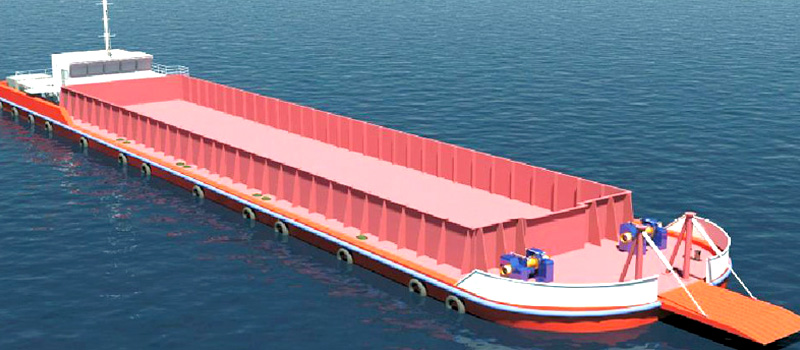
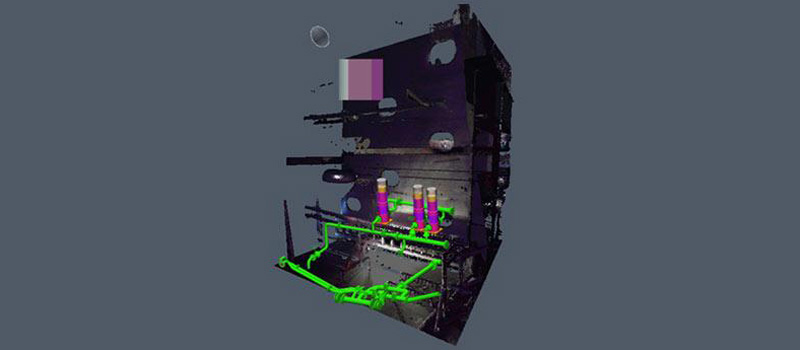
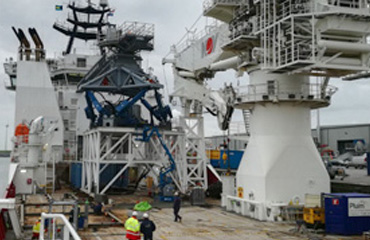
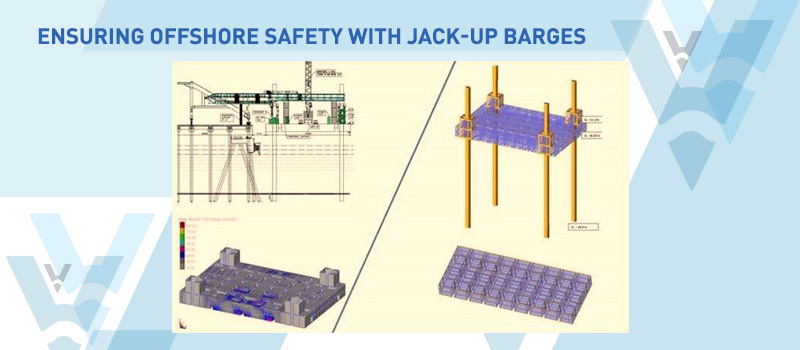
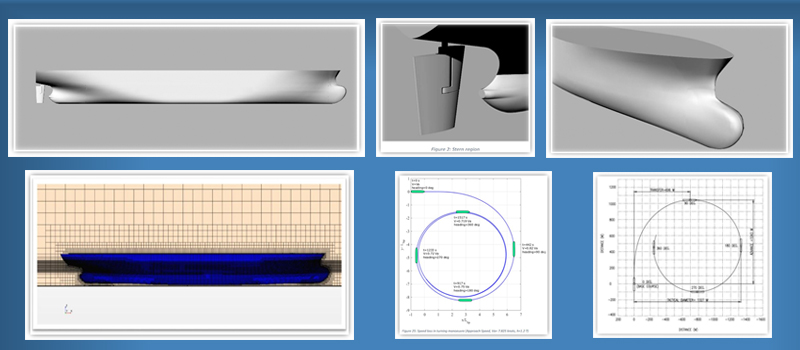
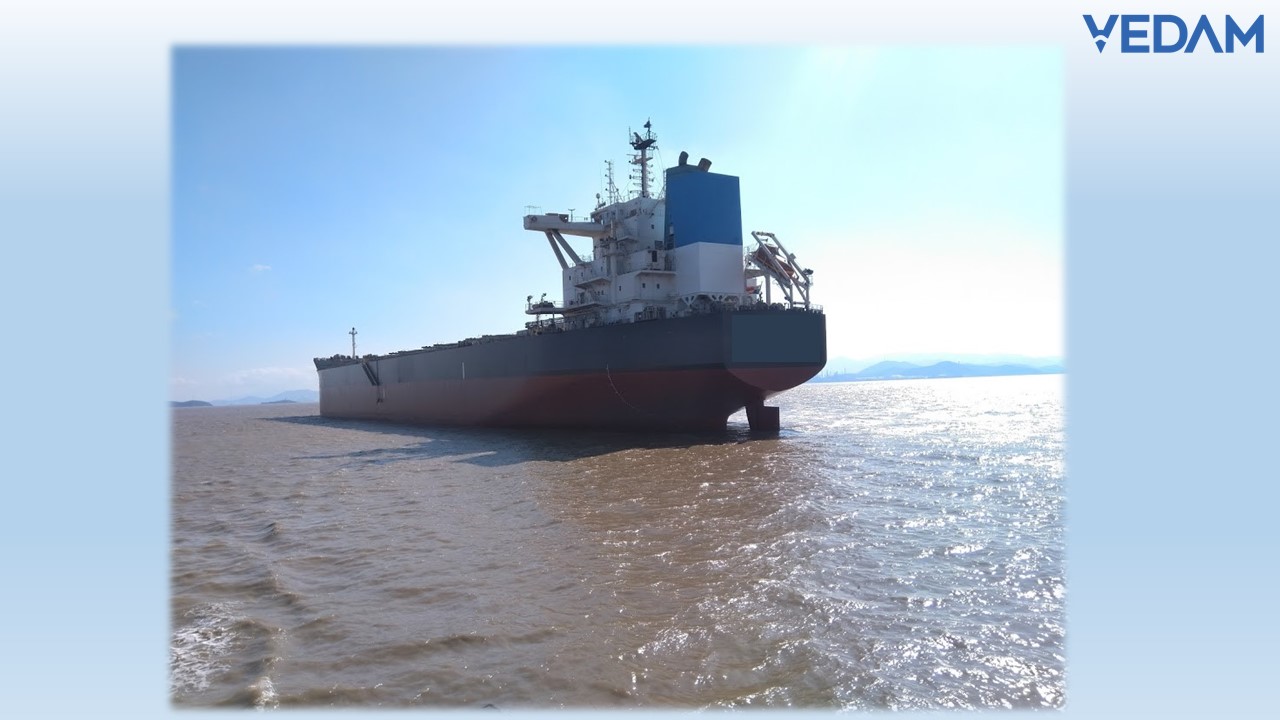
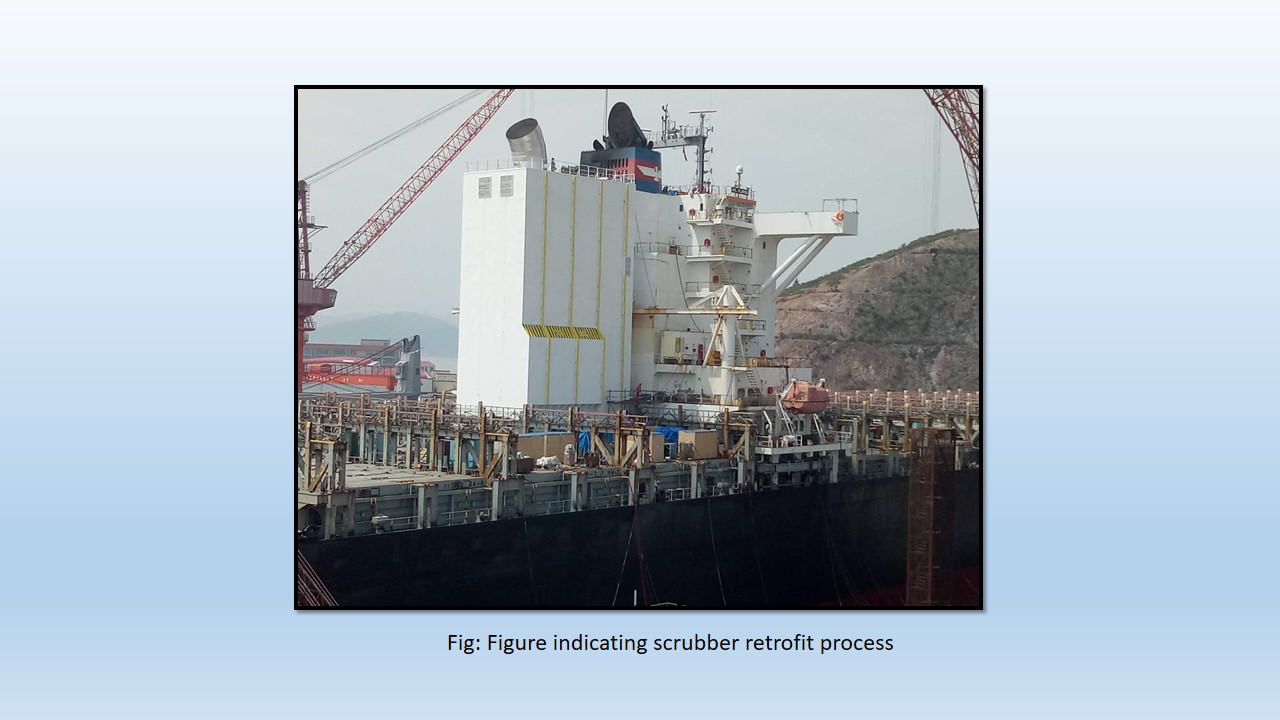
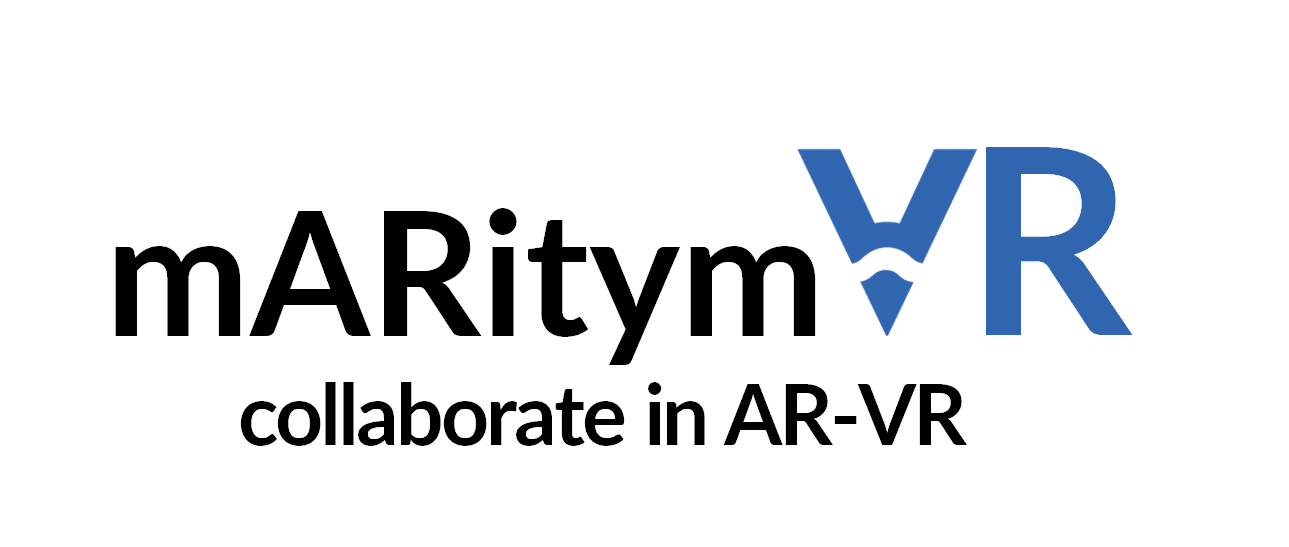
.png)
.png)
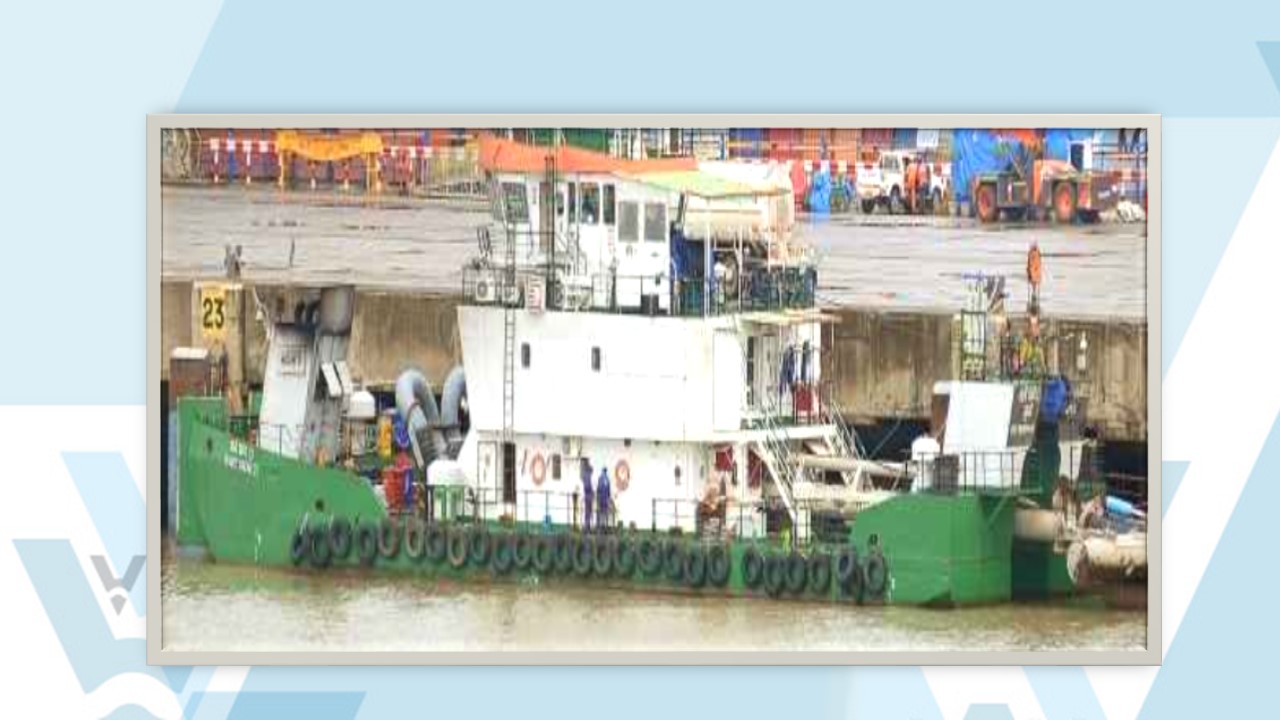
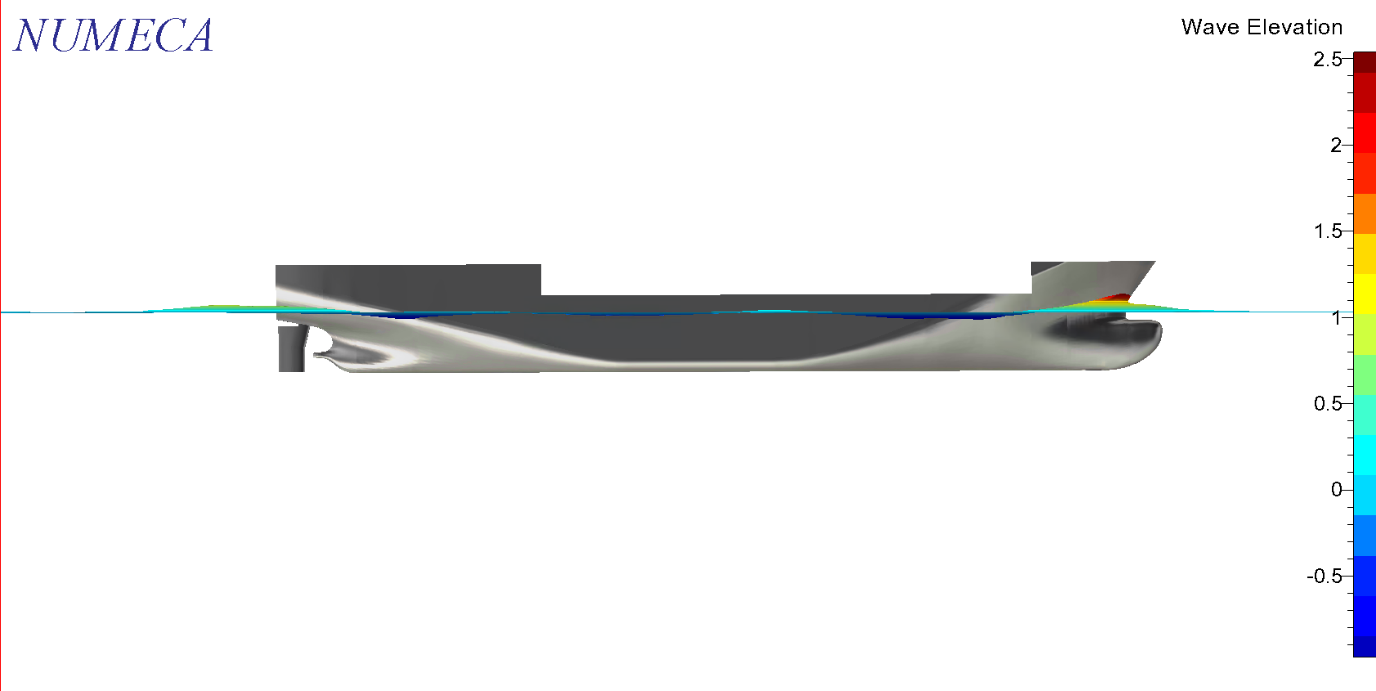


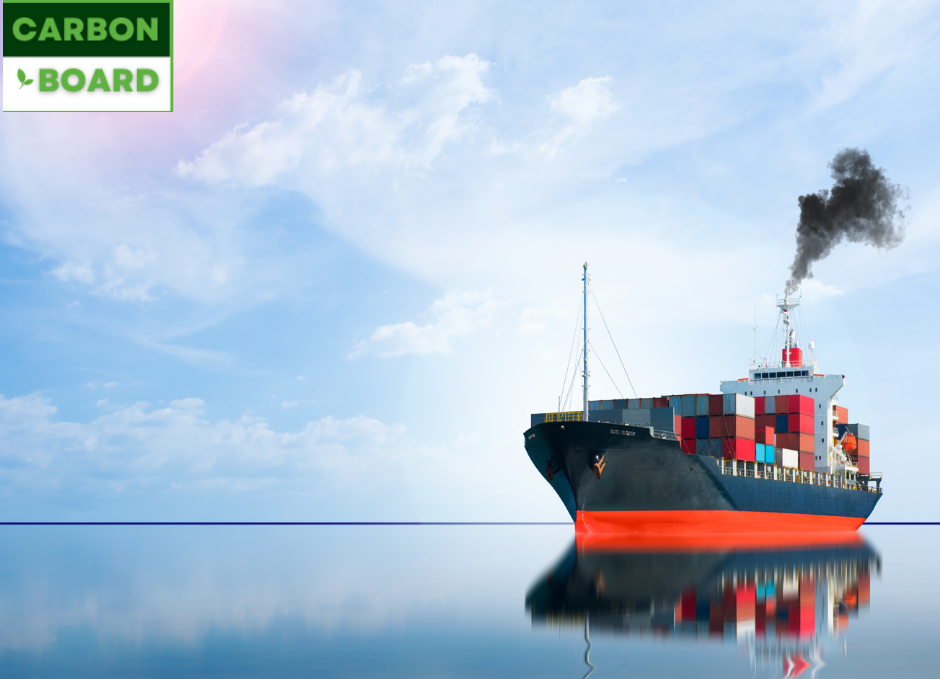


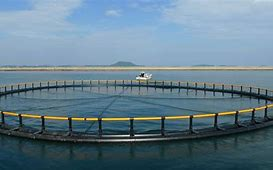
.png)
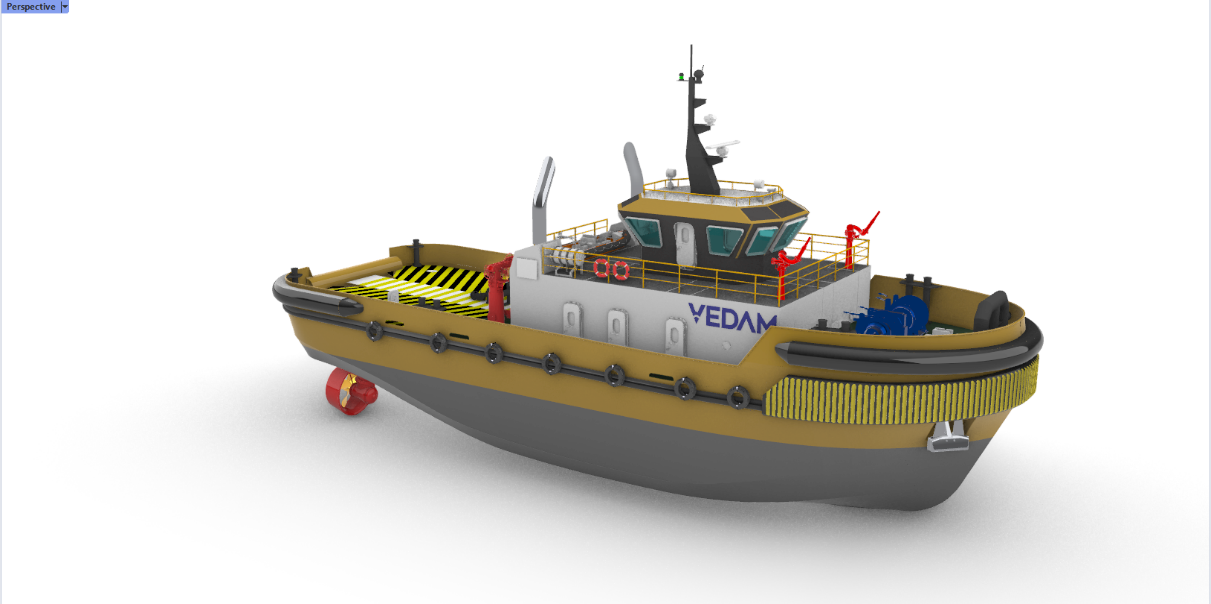
.png)
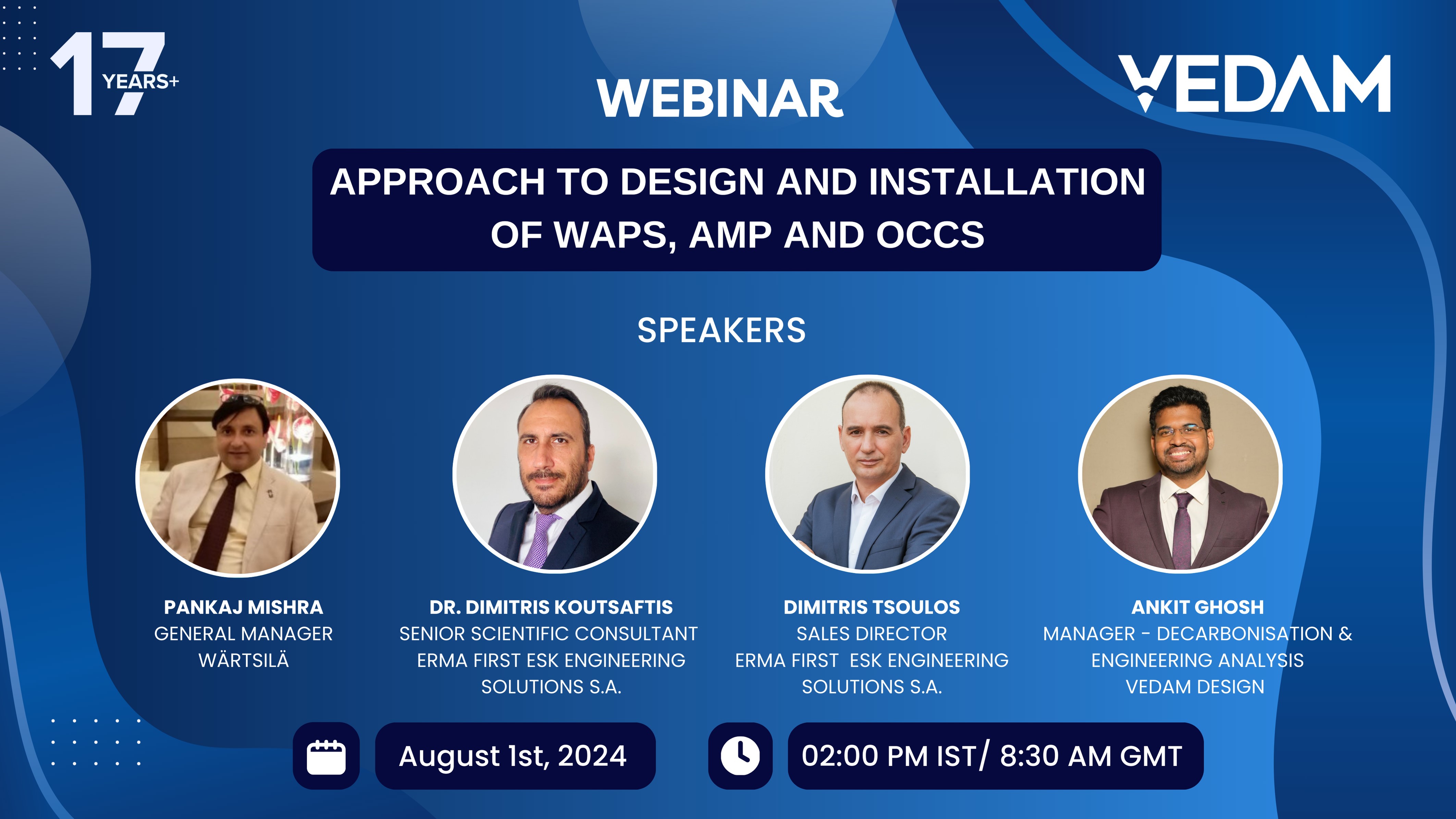
.jpg)

.jpg)
